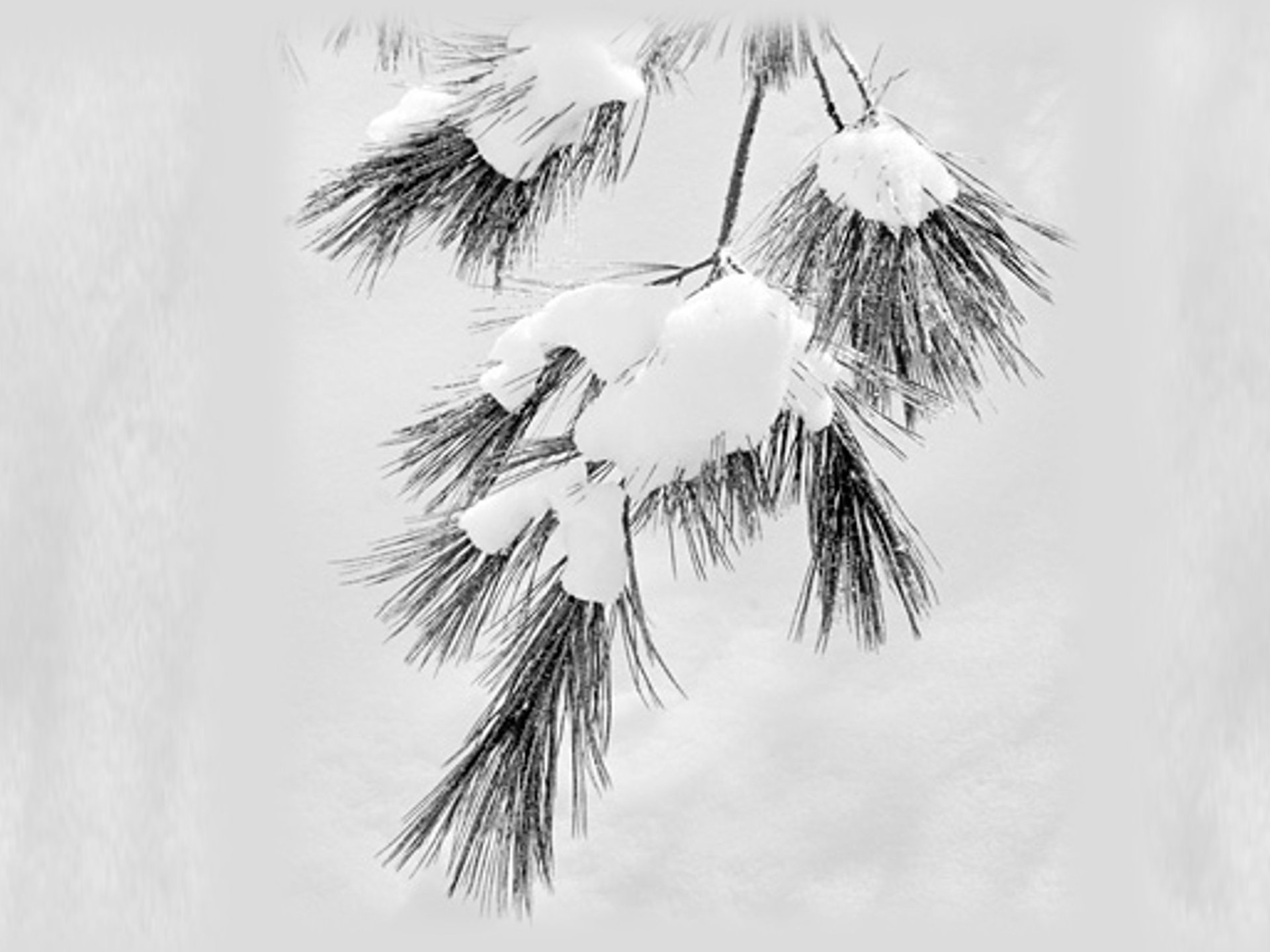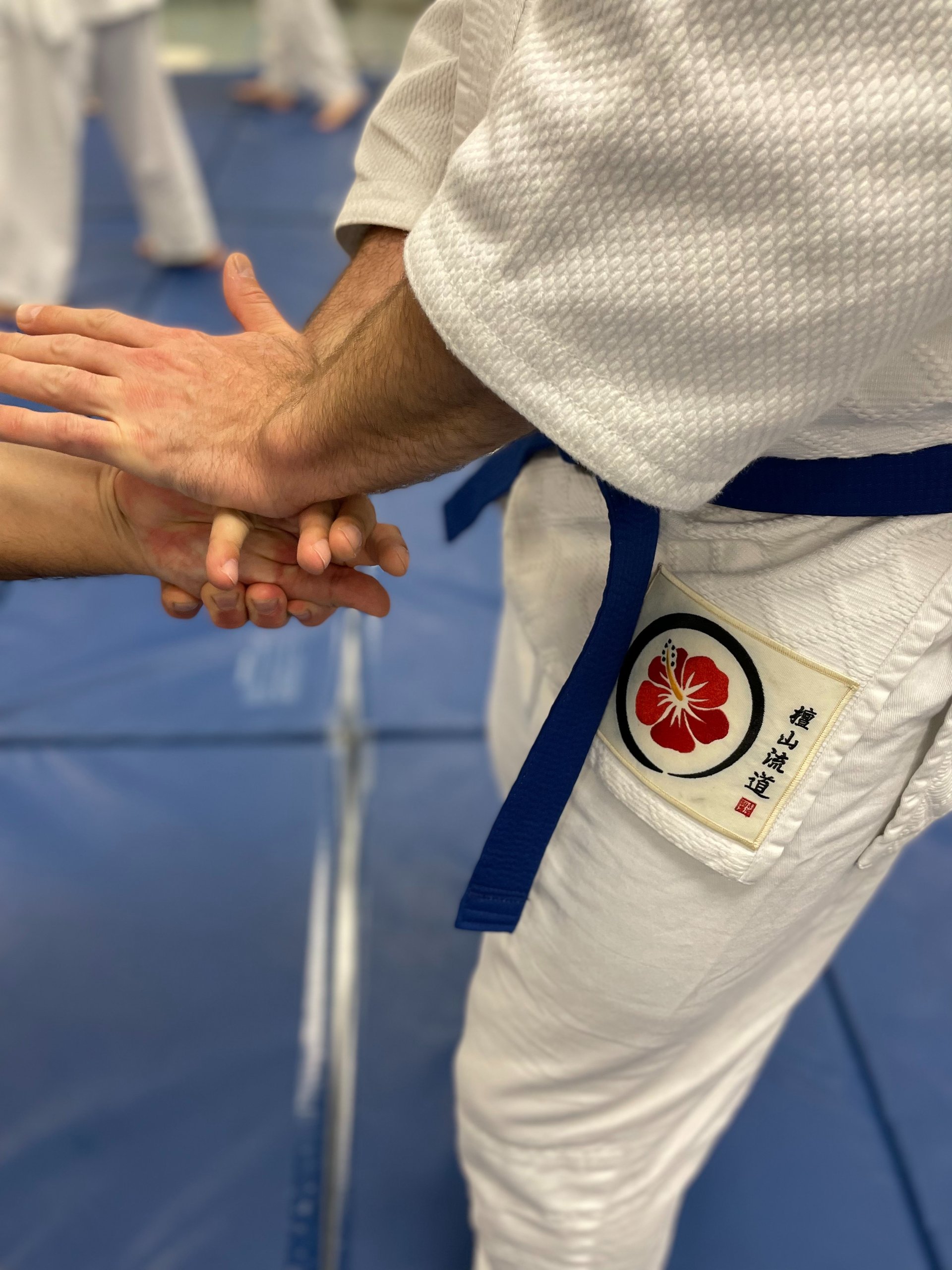
3 Ways to Help Your Ju Go Further: Part I
“Feel the Flow”
What is Yawara? Ask most beginners to DZR and they will tell you Yawara means “hand arts.” While yes, hands are involved, the locking and escaping techniques are the vehicle by which the principle of Yawara is transmitted. Yawara is your first course (save for Sutemi) normally taught because within its teachings may just lay the essence of the entire art…Learning to Flow.
So how can one learn to flow by doing a lock?... for that matter by doing an escape? Let’s consider some definitions of Yawara first. “Suppleness,” As the weight of the gathering snow builds on its ends the tree bough bends in direct proportion to the force of weight. As the branch dips and the snow slips off, the pressure is released and the branch snaps back to original position. Let’s look at Momiji Hazushi (Tree reference intended). As the pressure of the choke builds, Tori’s suppleness allows him to yield back and down only to “spring” up with a leveraged escape as the grip is loosened.
Here’s another definition: “Non-resistance.” Resistance is an excellent concept to consider in Yawara, or in any other list for that matter. Resistance is that action that allows Katate Tori to set. With out it the ligaments of the wrist wouldn’t tense and the joint wouldn’t lock. It’s also the lack of resistance that makes Yubi Tori Hazushi work. By sensing the pressure on your knuckles and complying with it, Tori is able to retract her elbow and eventually her fingers thereby negating the lock.
Yawara: “Gentle.” (After all it is the “Gentle Art.”) Here’s a way of looking at gentleness… You’re about to eat a bright yellow banana and grasp it firmly in your left hand. As you peel back the skin you squeeze the fruit as tight as you possibly can. Your end-result?... Baby food. Having a gentle nature to all your arts will help you to maintain the sensitivity necessary to feel your opponent’s resistance. With it you can escape, lock, throw and constrict with ease. Without it, you will miss the moments that present themselves as opportunities and find yourself embroiled in a never-ending struggle.
Learn to Flow with Go. “Go” is the Japanese concept of force, hardness and aggression. To learn to flow with it we take our queue from Nature… Water moves down stream by effortlessly locating the path of least resistance. Rivers and streams carve out snake-like figures in the landscape based on the search for less resistance. With every attempt to hit, kick, grab or push, Uke attempts to transfer energy to you. If the energy never transfers due to your constant sense of flow, injury or off-balancing can’t take place. Additionally, your sense of flow will help to destabilize your opponent and create opportunities for you to counter… given you are “Gentle” enough to feel them.
Kaeshi Waza, a term use to describe “overturning” or “countering,” is really what flow is all about. For that matter, one might go so far as to say that is what Jujitsu is all about. Our ability to counter a technique of attack is firmly rooted in our ability to “feel.” To feel the attack as it is first developing is of huge benefit to adapting the right counter technique. Having the suppleness to yield to its force and the fluidity to move to a position of less resistance will provide you with energy necessary to power your counter technique and overturn the attack. “Feeling the Flow” therefore is the essence of Ju and the heart of your art. Learn to feel the flow and you will have indeed learned “Yawara.”
Learning to harness the energy available in the moment is the topic of Part Two: “Use the Force”,

